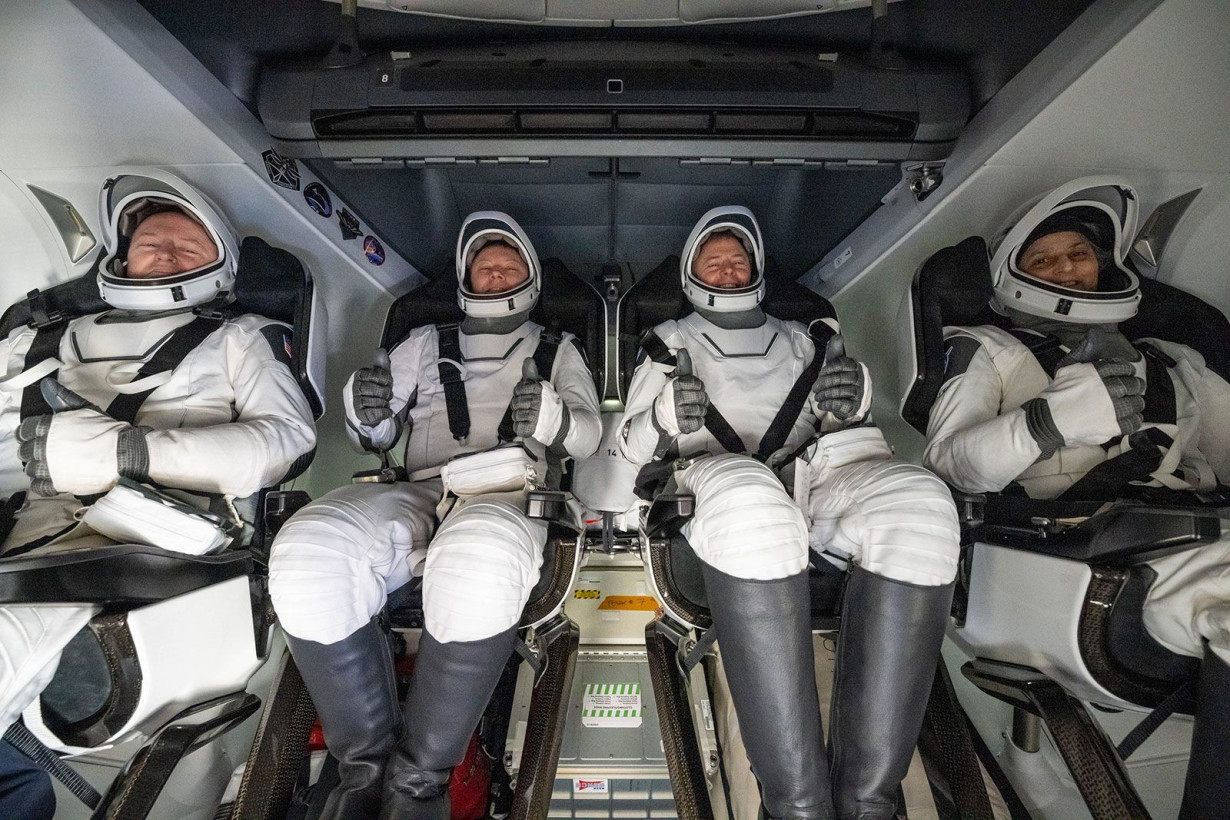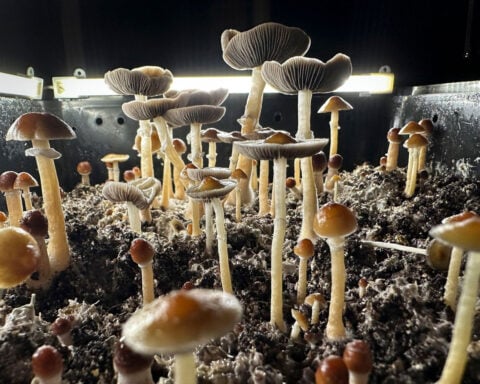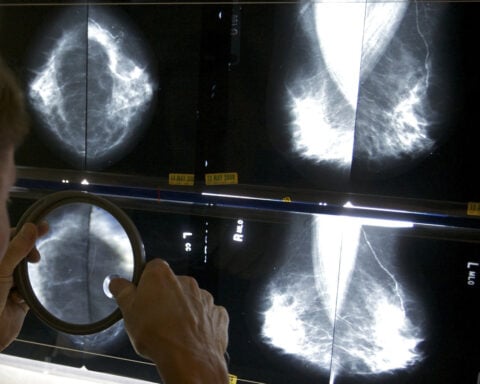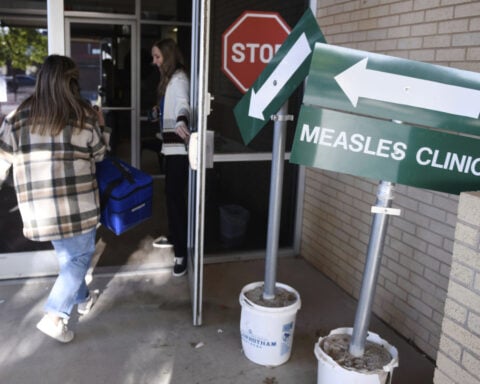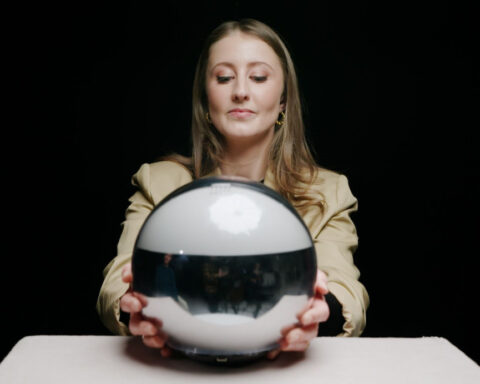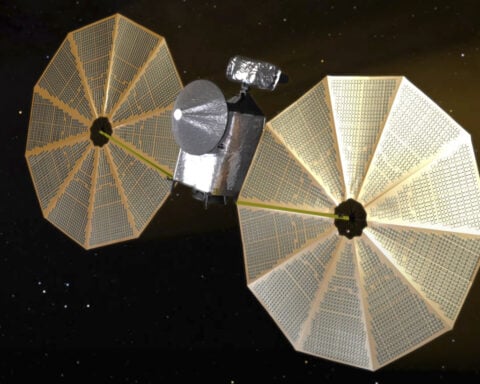(CNN) — One of the most closely watched astronaut missions of recent memory came to a dramatic close this week as NASA’s Suni Williams and Butch Wilmore made their triumphant return from the International Space Station.
Originally expected to spend just eight days in orbit, the duo ultimately stayed 286 days — or more than nine months.
The unvarnished facts of the saga are dramatic enough: The Boeing Starliner vehicle they piloted to the orbiting laboratory in June hit one snag after another, including helium leaks and engine outages.
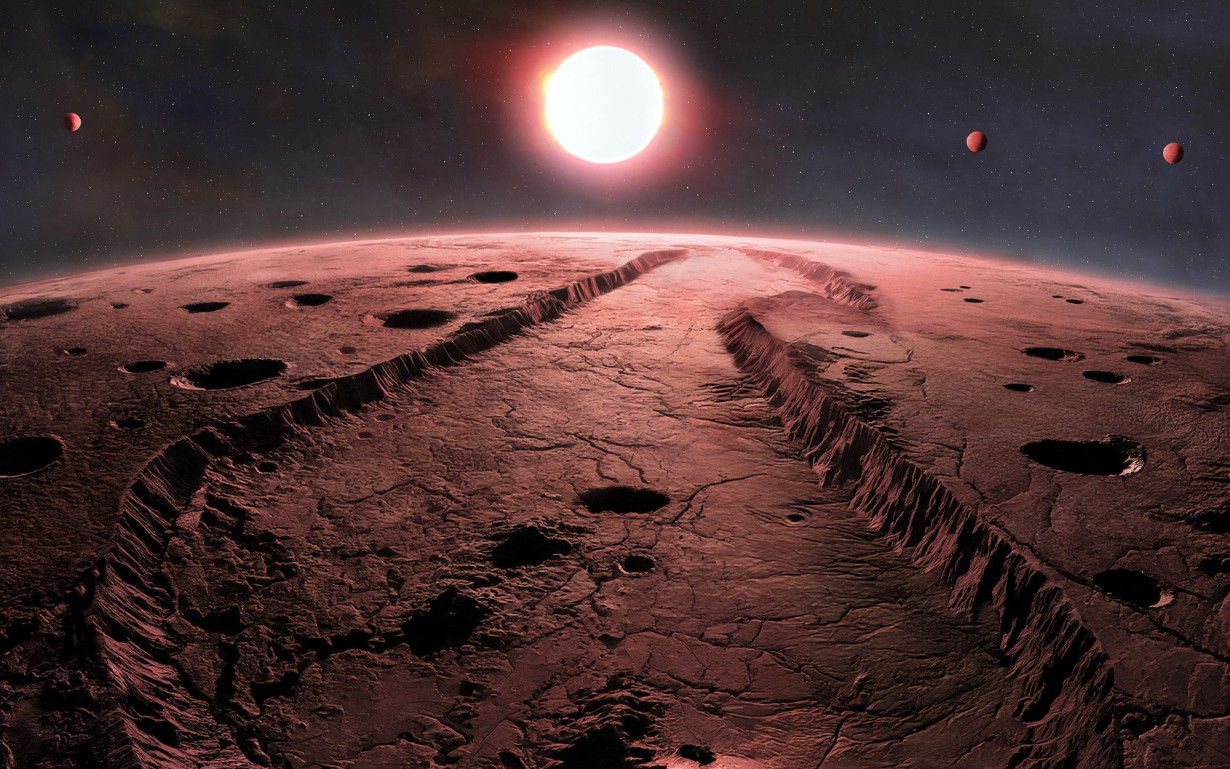
Weeks of troubleshooting ensued. Boeing downplayed the troubles. And NASA ultimately overruled the company, deciding in August the astronauts would stay on the space station and wait to come home aboard the next available SpaceX capsule.
And that was all before President Donald Trump and SpaceX CEO Elon Musk began interjecting their own narrative, asserting Williams and Wilmore were “abandoned” — a descriptor the astronauts themselves have rejected.
Explorations
Despite the outsize interest in the unexpected journey, this mission was not record-breaking: A 371-day stay from NASA’s Frank Rubio, for example, was much longer (and included intrigue over a rare tomato grown in space that went missing!).

Williams and Wilmore routinely emphasized they were prepared to take on the scientific and technical aspects of extending their stay and joining the space station crew.
The pair conducted spacewalks and carried out 900 hours of research in microgravity.
Lunar update
While Williams and Wilmore offered new insights into how humans can adapt to life in an extraterrestrial habitat, another pivotal mission helped pave the way for astronauts to venture deeper into space.
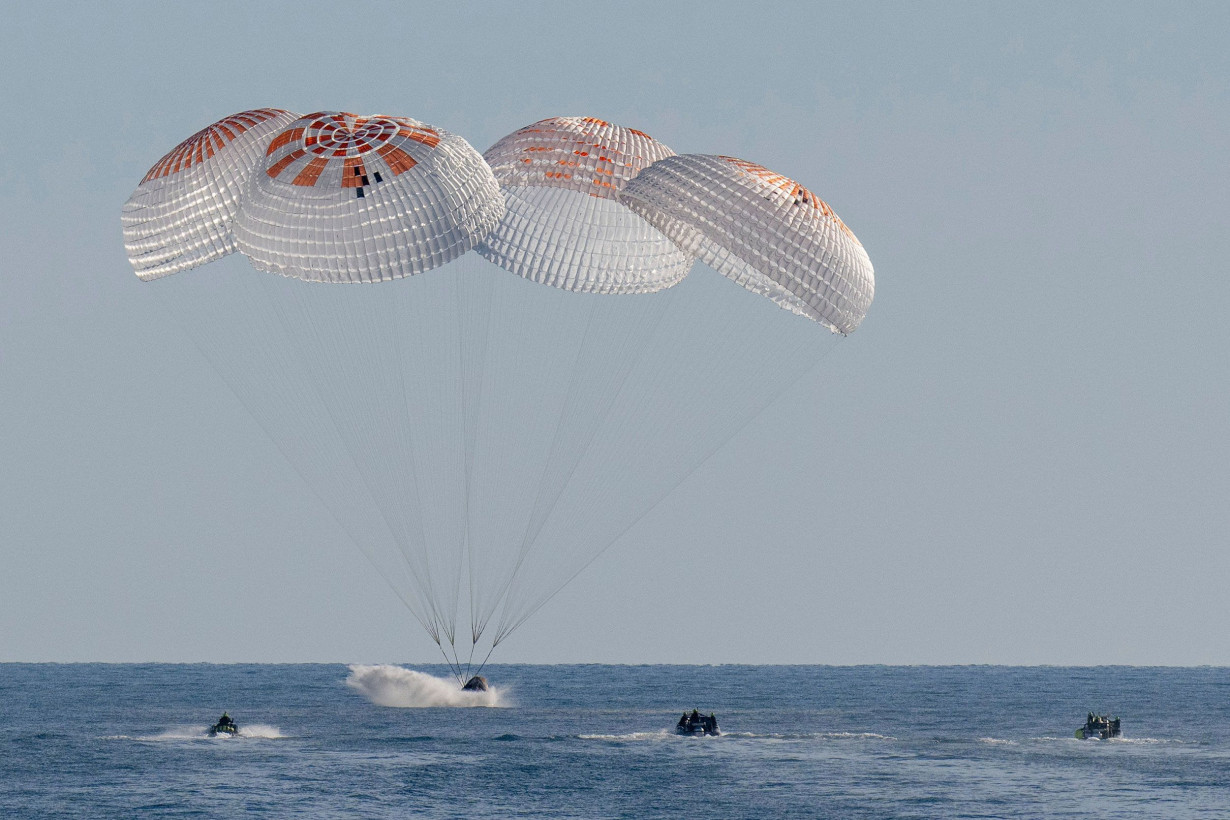
Blue Ghost, the robotic lunar lander developed by Texas company Firefly Aerospace, earlier this week concluded its historic 14 days of operation near the moon’s south pole. The vehicle carried 10 NASA research instruments designed to study the moon before the space agency plans to send humans later this decade.
Firefly deemed the mission the first “fully successful” commercial moon landing. (That’s a subtle jab at Firefly’s competitor, Intuitive Machines.)
Blue Ghost beamed about 120 gigabytes of data — equivalent to more than 24,000 songs — back to Earth before signing off Sunday.
In its final dispatch, the automated lander declared it had entered “Monument Mode” and said it will “hold vigil … to watch humanity’s continued journey to the stars.”
Other worlds
Meanwhile, several thrilling scientific studies are adding to our understanding of the broader universe, chipping away at stubborn mysteries and spawning new ones.
For starters, astronomers now know that four planets orbit Barnard’s Star — one of our closest cosmic neighbors, according to the researchers behind a new study. Watch an animation of the tightly orbiting planets whirling around its host star.
These exoplanets “probably don’t have atmospheres, water, and life,” noted Edward Guinan, professor of astronomy and astrophysics at Villanova University. And the planets are quite close to their home star, making them too hot to be habitable.
But the findings lend exciting insight into the little-explored worlds beyond our solar system, making the study a significant step forward as astronomers search for Earth-like worlds.
Curiosities
Scientists using the groundbreaking James Webb Space Telescope and the ALMA telescope in Chile have revealed stunning new research: Oxygen and elements like heavy metals may exist inside the most distant confirmed galaxy ever observed.
That revelation could turn some scientific understandings on their head.
The presence of oxygen suggests that, in the early days of the universe, galaxies may have matured far more quickly than researchers once thought — forming larger and more plentiful stars than expected. Booming star formation can affect how bright a galaxy appears.
“It’s like burning candles: you can have candles with a wide wick that have a bright flame (massive stars) or you can have candles that burn slow and efficient (normal stars),” said astronomer Sander Schouws, a doctoral candidate at Leiden University in the Netherlands, via email.
A long time ago
Rounding out a cluster of cosmic research, new calculations suggest the explosive death of stars, otherwise called supernovas, may have caused two of Earth’s largest mass extinction events.
A couple of stellar eruptions may have occurred close to our home planet in the past 500 million years — during the crucial window that life evolved — potentially stripping away the ozone layer and triggering one or two biological annihilations, the study suggests.
Still, researchers caution they are still looking for the “smoking gun” to back up the theory. One place to look? Such violent celestial events may have left a clue in ancient rocks in the form of a rare element.
Take note
Check out these must-read science stories:
— Ancient iguanas may have floated on vegetation rafts and arrived in Fiji some 34 million years ago from a faraway continent, according to fascinating fossil evidence and genetic data.
— An “unprecedented snapshot” of Early Jurassic dinosaurs has been hiding in plain sight at an Australian school, scientists say.
— The blobfish has overcome notoriety as the “world’s ugliest animal” to win a “fish of the year” competition spearheaded by New Zealand’s Mountains to Sea Conservation Trust.
The-CNN-Wire
™ & © 2025 Cable News Network, Inc., a Warner Bros. Discovery Company. All rights reserved.

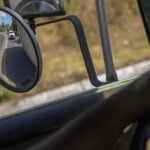 Trump has begun another trade war. Here's a timeline of how we got here
Trump has begun another trade war. Here's a timeline of how we got here
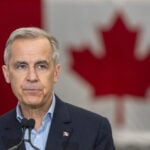 Canada's leader laments lost friendship with US in town that sheltered stranded Americans after 9/11
Canada's leader laments lost friendship with US in town that sheltered stranded Americans after 9/11
 Chinese EV giant BYD's fourth-quarter profit leaps 73%
Chinese EV giant BYD's fourth-quarter profit leaps 73%
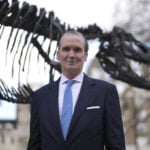 You're an American in another land? Prepare to talk about the why and how of Trump 2.0
You're an American in another land? Prepare to talk about the why and how of Trump 2.0
 Chalk talk: Star power, top teams and No. 5 seeds headline the women's March Madness Sweet 16
Chalk talk: Star power, top teams and No. 5 seeds headline the women's March Madness Sweet 16
 Purdue returns to Sweet 16 with 76-62 win over McNeese in March Madness
Purdue returns to Sweet 16 with 76-62 win over McNeese in March Madness
